I came to the horse world late in life, and I’ll admit I’m in the category of “can’t teach an old dog new tricks” when it comes to the names of horse colors. My eye tends to stick to the basics—brown, black, or gray—but I’m gradually learning!
From Chestnut to Bay: My First Equine Friends
My first horse was a chestnut, a beautiful copper color that absolutely glowed in the sunlight. She was the stereotypical red-headed mare: dominant, opinionated, and definitely not to be messed with! To this day, when one of my geldings gives me attitude, I tell them to “bring it on!”—I was trained by Button! She loved me but would have happily tossed me aside.
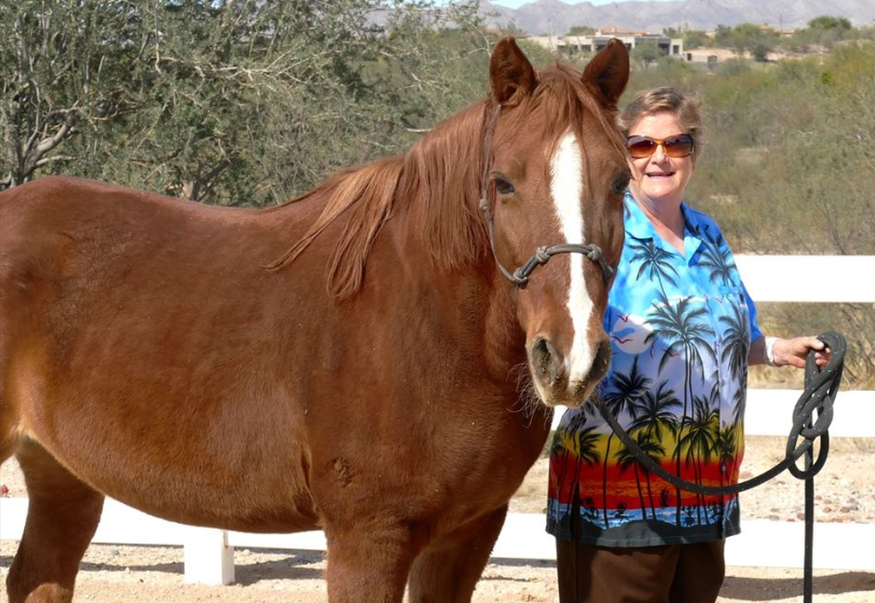
My mustang, Napoleon, was a bay, I think—dark brown with a black mane and tail. His mane was thick and luscious. He was a remarkable being, and I loved the luxuriousness of his long locks. The mane also conveniently covered his Bureau of Land Management (BLM) mustang tattoo. He had many jobs in his life: wild horse, pony rides for kids, herding cattle, and even teaching dressage, showing the warmbloods how those fancy moves were supposed to be done.
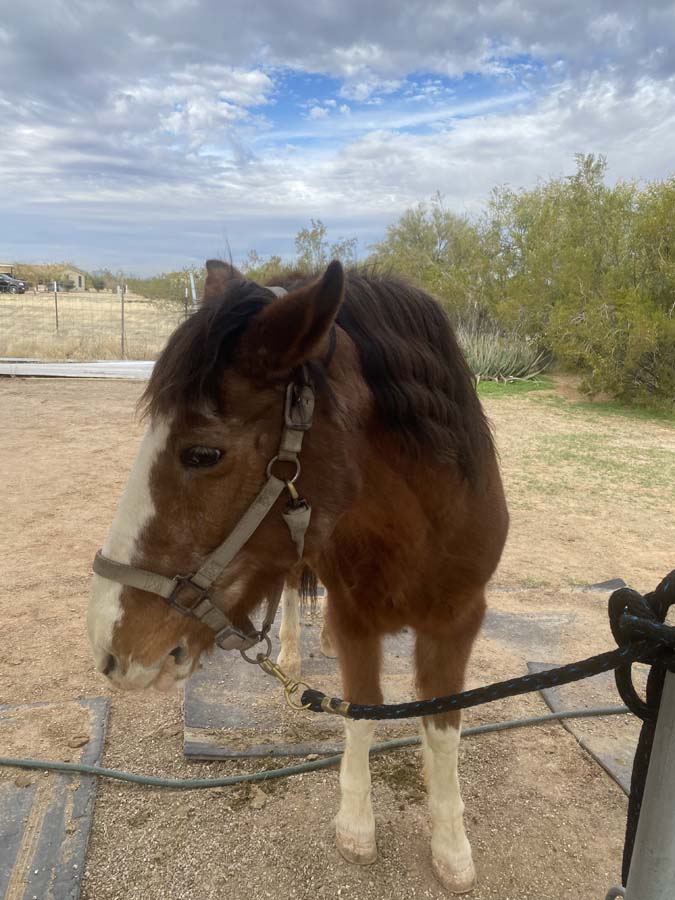
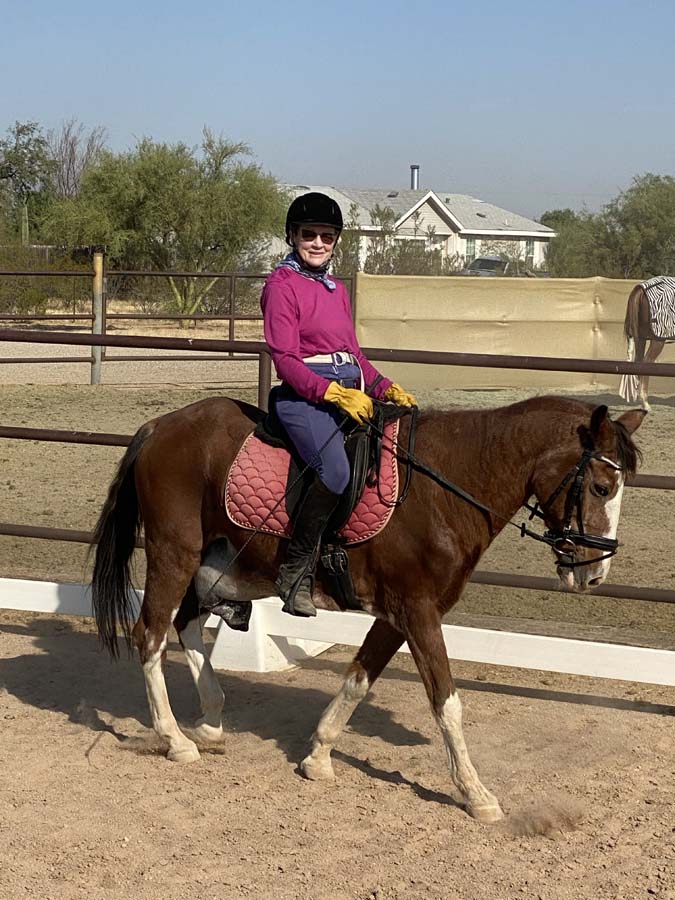
The Dun Gene and My Caramel Quarter Horse
When I purchased a young Quarter Horse I intended to make my trail horse, I was told he was a red dun. I had no clue what that meant! His name is Exuma, for the islands in The Bahamas (nicknamed Xumie). He is a gorgeous light caramel color with a dark red dorsal stripe down his back. People often praise me for his ‘clipping,’ but he’s naturally smooth and sleek!
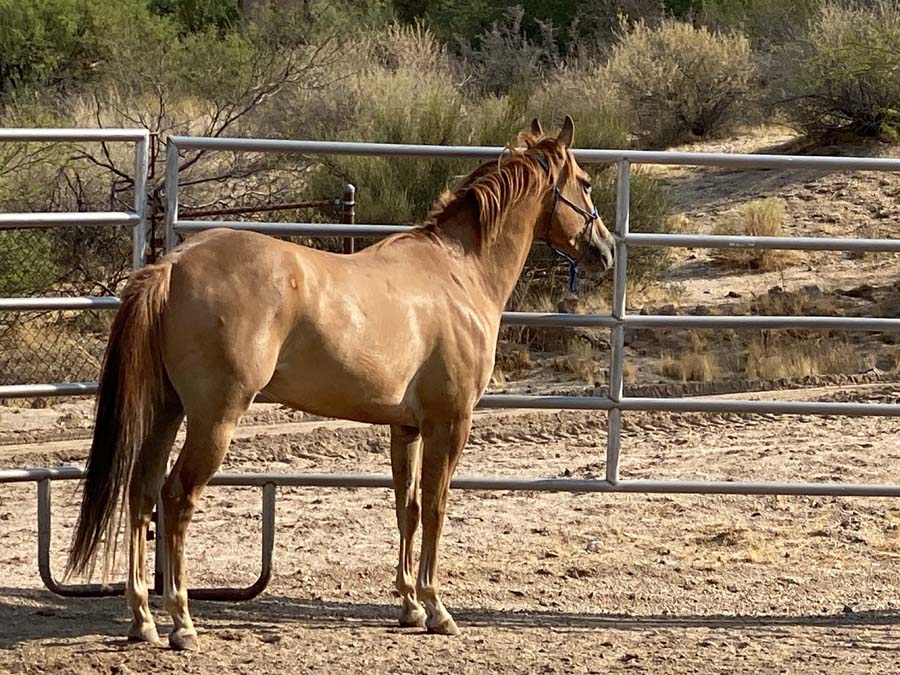
The red dun color is generally described as having a light tan coat with reddish highlights. The dun gene is considered a dilution gene. It lightens the body while leaving the mane and tail darker, as well as eliminating any black coloration, leaving the underlying red or chestnut coat color. The dorsal stripe is a giveaway: dun is believed to be the ancestral or wild type color of horses, and they almost always have the dorsal stripe. Exuma even has some dots forming a line down his side, very similar to donkeys. He is gorgeous!
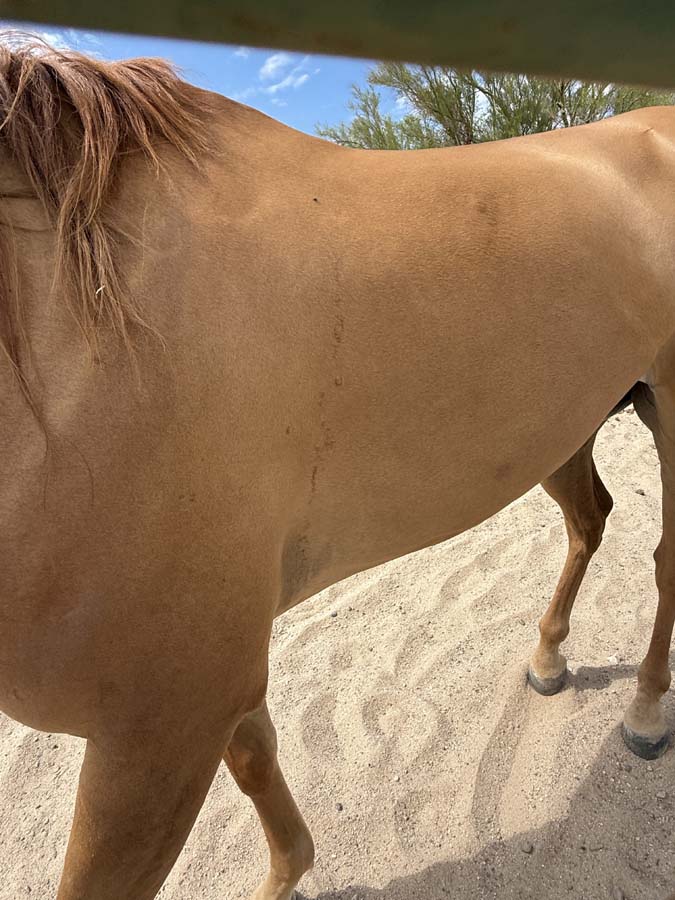
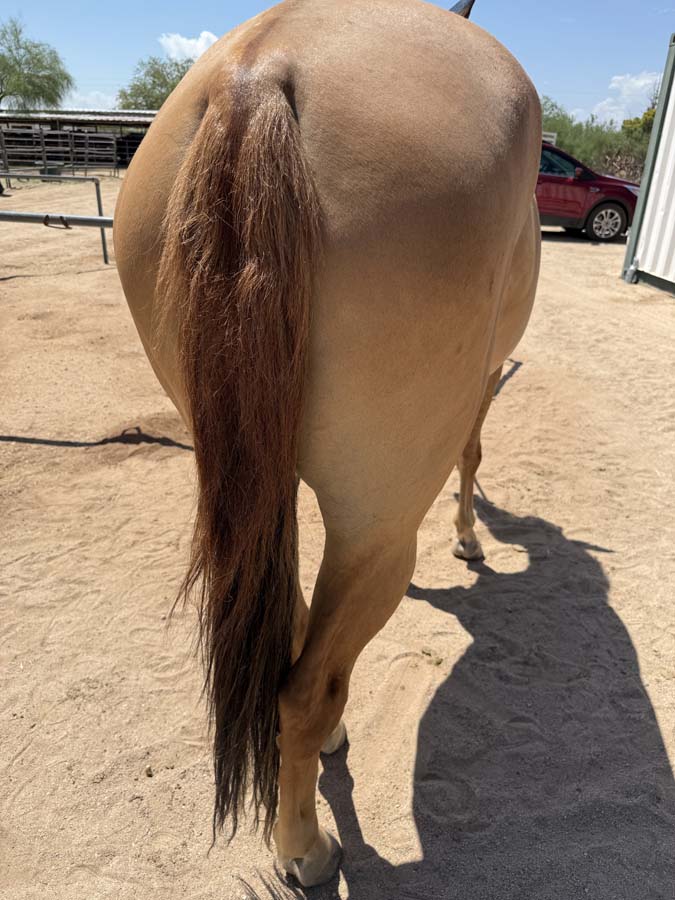
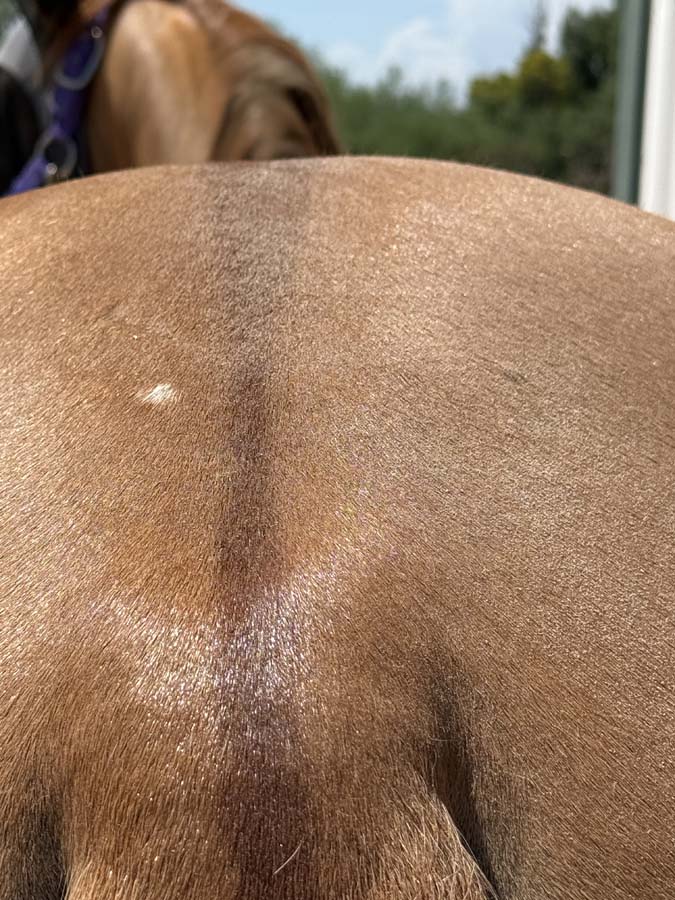
Paint or Pinto? What’s in a Name?
My newest horse, my fabulous trail horse Poncho, is a Missouri Fox Trotter with a white-spotted coat. I’ve heard him referred to as a paint, but also as a pinto. What is he?
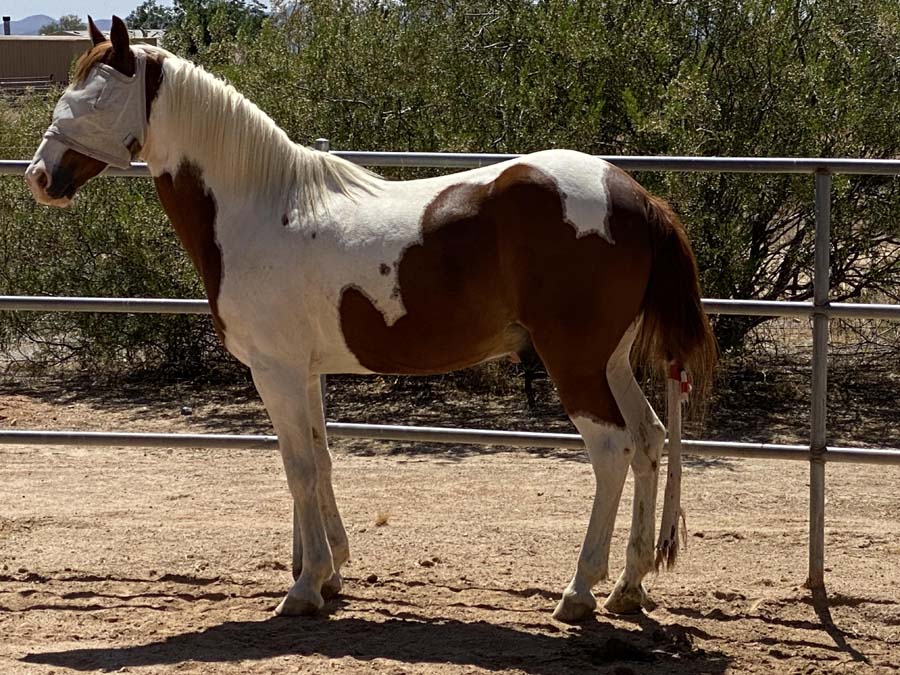
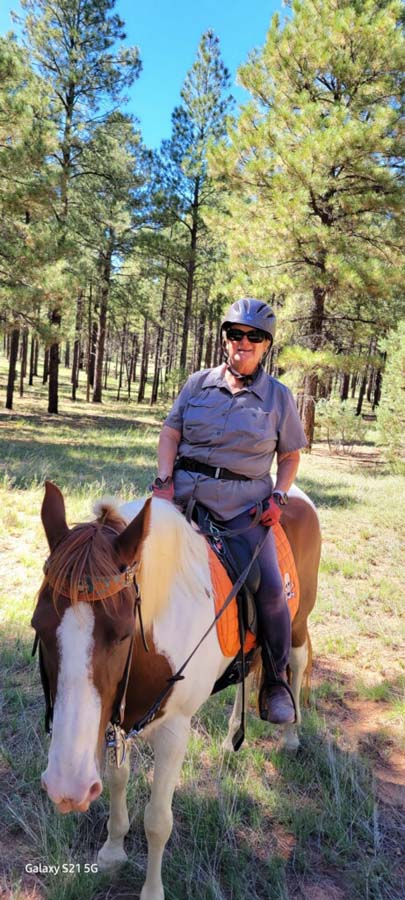
I used to think that a ‘paint’ had multiple colors and a ‘pinto’ only had two. I was wrong.
- A Paint is a specific breed of horse, registered with the American Paint Horse Association (APHA). To qualify for registration, a horse must have the bloodlines of Quarter Horses, Paint Horses, or Thoroughbreds in their pedigree.
- A Pinto refers to the coat color pattern, not the breed.
Since Poncho is ¾ Missouri Fox Trotter and ¼ Paso Fino, he is technically a Pinto. While I think ‘paint’ sounds fancier, I guess my beloved Poncho is really merely a pinto—like the bean! He has white patches with brown and black areas, and I believe he was named Poncho because the white pattern on his back looks like a white poncho has been tossed over his shoulders.
Further research describes pintos by their coat patterns, with the two most common patterns being tobiano and overo. I think Poncho is a tobiano, which typically features:
- White legs from the hocks and knees down.
- White crossing the back.
- White arranged in a vertical pattern, with generally rounded patches.
- Dark color extending down the neck, almost like a shield.
The overo pattern includes irregular white markings that are ‘framed’ by a base color but do not extend over the back. Interestingly, my horse is heterochromic—one blue, or “glass,” eye and one brown eye—which is sometimes seen in overo horses. Fortunately, for skin cancer concerns, both eyes are encased in brown skin.
I’ll get there with time and practice on the horse colors. Then again, maybe this old dog won’t learn new tricks!
Did you enjoy this peek into my life with horses? If you love hearing about my equine adventures, from the Sonoran Desert to unexpected visitors, you can read more stories about my amazing four-legged friends on my other blog posts!
Read More about My Horse Adventures!